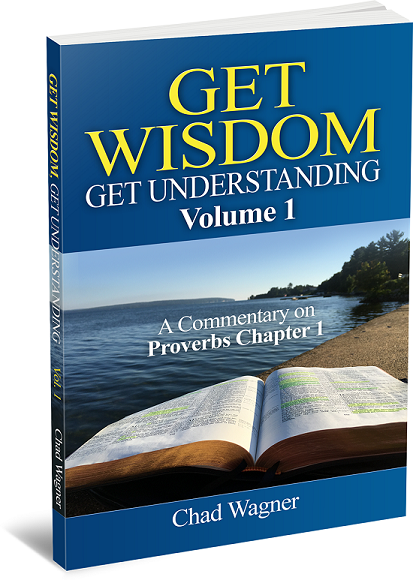Blog - Interpreting a Proverb

The proverbs are composed in several different configurations. Most of the proverbs found in the book of Proverbs are comprised of two parts which are normally joined together by a colon, semicolon, or sometimes with only a comma, and generally involve a comparison between the two statements. The two clauses of a proverb are often linked together by conjunctives such as and, but, and so. Occasionally, a proverb will be only a statement of truth that contains no comparison. In order to properly interpret a proverb, it is first necessary to identify its configuration. There are four basic configurations found in the book of Proverbs, which are: Contrasting - The clauses of the proverb are joined by a colon, semicolon, or comma followed by the word but. The meaning of such a proverb can be understood by contrasting the two clauses and focusing on their difference. The second clause will often explain the first by showing its opposite. The contrasting configuration is the most common in the book of Proverbs. Examples of such proverbs are:
Pro 10:2 - Treasures of wickedness profit nothing: but righteousness delivereth from death. Pro 11:18 - The wicked worketh a deceitful work: but to him that soweth righteousness shall be a sure reward.
Occasionally, the contrasting configuration is brought about by the use of the conjunctive so, such as in the following:Pro 11:19 - As righteousness tendeth to life: so he that pursueth evil pursueth it to his own death.
Comparison - The clauses of the proverb are joined by a colon, semicolon, or comma followed by the word and. The meaning of such a proverb can be understood by comparing the two clauses and focusing on their similarity. The second clause will tend to elaborate on the first. Examples of comparative proverbs are:Pro 11:10 - When it goeth well with the righteous, the city rejoiceth: and when the wicked perish, there is shouting. Pro 14:17 - He that is soon angry dealeth foolishly: and a man of wicked devices is hated.
The comparing configuration is also sometimes accomplished by use of the conjunctive so, such as in the following proverbs:Pro 10:26 - As vinegar to the teeth, and as smoke to the eyes, so is the sluggard to them that send him. Pro 11:22 - As a jewel of gold in a swine's snout, so is a fair woman which is without discretion.
No conjunction - The clauses of the proverb are joined by a colon, semicolon, or comma, but is not followed by a conjunction. This configuration can be used with a comparative or a contrasting proverb, such as the following:Pro 16:17 - The highway of the upright is to depart from evil: he that keepeth his way preserveth his soul. Pro 13:7 - There is that maketh himself rich, yet hath nothing: there is that maketh himself poor, yet hath great riches.
Statement of truth - Some proverbs do not follow the two-clause model, but are simply a statement of truth with no comparison or contrast. An example of such is:Pro 14:7 - Go from the presence of a foolish man, when thou perceivest not in him the lips of knowledge.
Sometimes a statement of truth configuration will also contain a comparative concept, such as in the following proverbs:Pro 12:9 - He that is despised, and hath a servant, is better than he that honoureth himself, and lacketh bread. Pro 13:14 - The law of the wise is a fountain of life, to depart from the snares of death.
Recognizing these distinctions in the proverbs will aid the reader in properly interpreting them. Additionally, in order to correctly understand these timeless nuggets of wisdom, a Christian must apply the same biblical rules of Bible interpretation to the Proverbs as he does to the rest of the scriptures. He must believe that "every word of God is pure" (Pro 30:5) and that "the scripture cannot be broken" (Joh 10:35), and therefore there are no contradictions in the Bible. If he thinks he has found one, he must keep searching and asking God for help understanding His word. As the priests in Nehemiah's day, he must read each word distinctly (in a distinct or separate manner; separately, individually, severally - OED), and give the sense (the meaning or signification of a word or phrase - OED), which will cause him to understand the reading (Neh 8:8). He must understand that all of the information concerning a point of God's doctrine is not found in one particular verse or passage, but is scattered across the scriptures "here a little, and there a little," and must be understood "precept upon precept; line upon line" (Isa 28:9-10). Therefore, he must learn to study the word of God in the manner in which "the Holy Ghost teacheth; comparing spiritual things with spiritual" (1Co 2:13). If a humble Christian approaches the book of Proverbs on God's terms, diligently seeking understanding, knowledge, and wisdom, and begging God for help, he will understand the proverbs and find the knowledge of God (Pro 2:1-6).